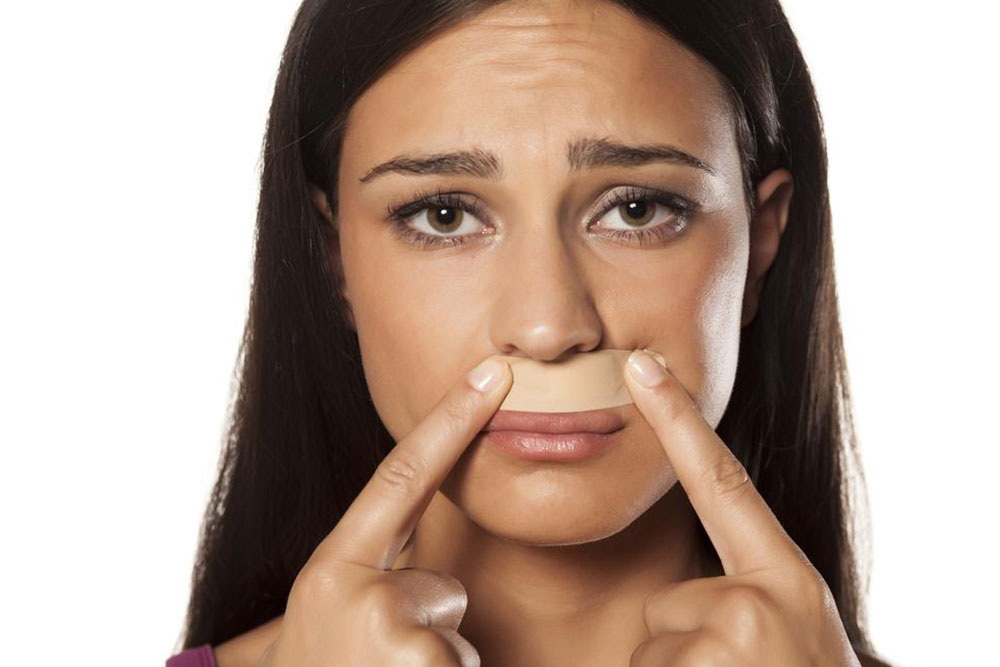4 popular ways of treating seborrheic keratosis
Also known as seborrheic warts or basal cell papilloma, seborrheic keratosis is a benign skin growth that resembles skin cancer. These growths usually appear in older adults after middle age. A non-contagious growth, seborrheic keratosis can appear as a single growth or a cluster of growths. They develop over the back, chest, face or shoulders.

The seborrheic keratosis removal technique depends on the size and location of the growth. Sometimes seborrheic keratosis can appear as barnacles or warts. Sometimes they can be tiny moles or look like waxy blobs. If the growth is small, a noninvasive, natural seborrheic keratosis removal treatment can be done. However, if the growth is extensive and causing a lot of problems such as irritation or itchiness, a doctor may recommend one of the following seborrheic keratosis removal treatments can be done:
- Cryosurgery : This involves applying liquid nitrogen to the seborrheic keratosis growth with a cotton swab or a spray gun. With the application of liquid nitrogen, the growth will freeze and fall off in a couple of days. After this treatment, a blister may develop in the affected area. This will dry in a few days, crust over, and fall off.
- Electrocautery : This seborrheic keratosis removal technique is also as electrosurgery. In this method, a doctor cauterizes or burns the growth using an electric current. This is done under local anesthesia.
- Curettage : This method involves using a scoop-shaped surgical instrument called curette. It is used to scrape off the seborrheic keratosis growth. Curettage is used along with electrocautery technique, and not in isolation. However, certain cases may require just curettage or just electrocautery.
- Ablation : In this method of seborrheic keratosis removal, a surgeon will use laser treatment. A laser beam is used to vaporize and remove the seborrheic keratosis growth. This method is not very common and can be expensive as well.
Doctors usually recommend any of the above seborrheic keratosis removal treatments only when the growths cause trouble such as rubbing against or getting caught in the fibers of the clothes, or if the appearance of the growth is causing psychological stress. Once these treatments are done, the skin where the lesions were present will appear lighter than the rest of the areas. Also, there might be newer growths in the surrounding areas. Consult a doctor whenever symptoms similar to seborrheic keratosis are observed.











